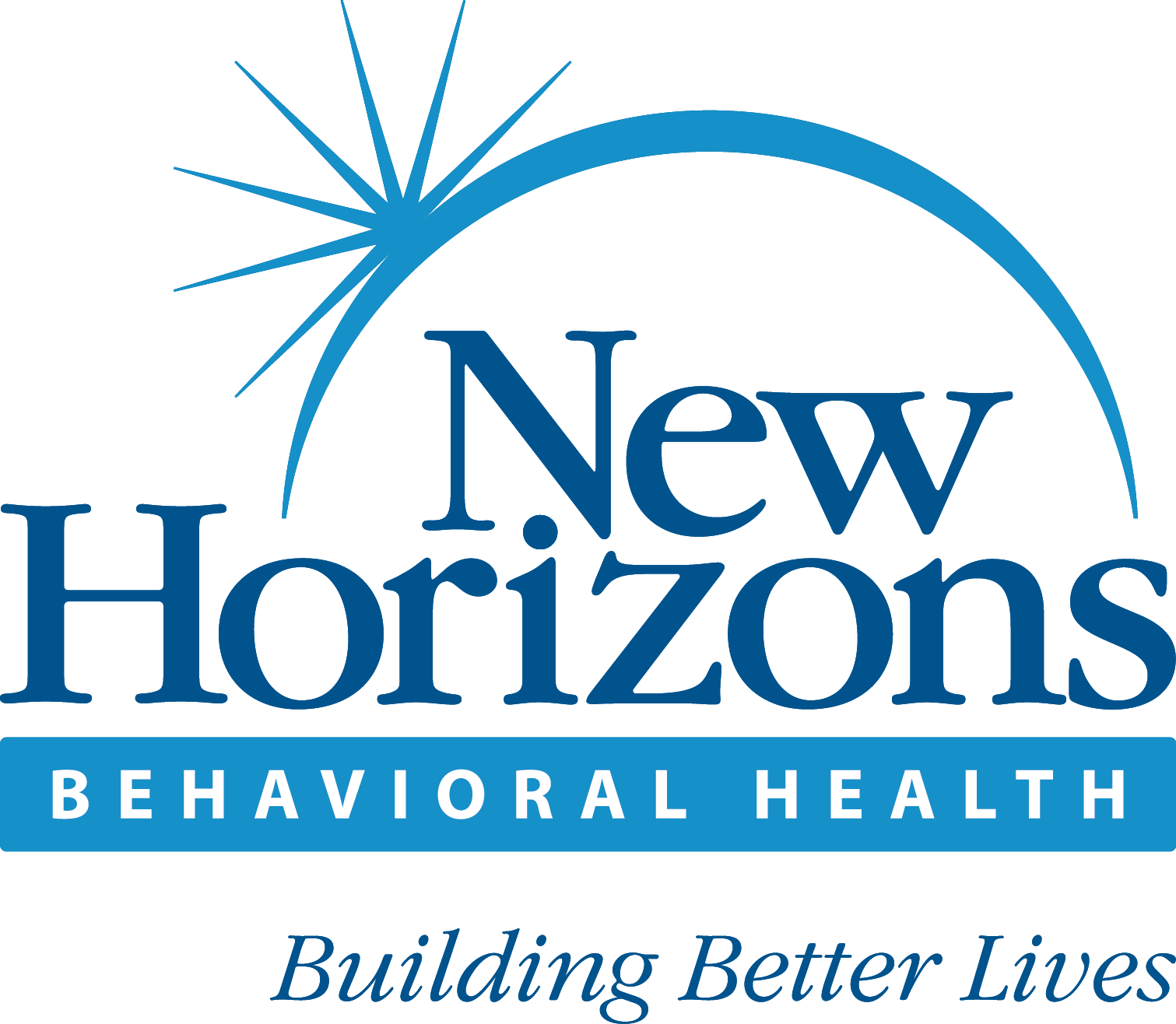Annual Homeless Point in Time Count
Posted on Dec 04, 2020 at 0:00 AM
How many people are currently homeless in the United States? How many of them are families, youth, or veterans? The answers to these questions and more can be answered by point-in-time counts. A point-in-time count is an unduplicated count on a single night of the people in a community who are experiencing homelessness that includes both sheltered and unsheltered populations.
Basics of the Count
The U.S. Department of Housing and Urban Development (HUD) requires that communities receiving federal funds from the McKinney-Vento Homeless Assistance Grants program conduct a count of all sheltered people in the last week of January annually. Electronic administrative records are used to enumerate people living in emergency shelters and transitional housing. Unsheltered counts are required every other year, although most communities conduct an unsheltered count annually. In an unsheltered counting efforts, outreach workers and volunteers are organized to canvas Continuums of Care to enumerate the people who appear to be living in places not meant for human habitation.
During these point-in-time counts, communities are required to identify whether a person is an individual, a member of a family unit, or an unaccompanied youth under the age of 18 or age 18 to 24. In addition, communities must identify if a person is chronically homeless, indicating long-time or repeated homelessness and the presence of a disability.
Why do we Count?
Point-in-time counts are important because they establish the dimensions of the problem of homelessness and help policymakers and program administrators track progress toward the goal of ending homelessness. The first of these counts was conducted in January 2005 meaning that we have data for every CoC for the last ten years. Collecting data on homelessness and tracking progress can inform public opinion, increase public awareness, and attract resources that will lead to the eradication of the problem. If homeless youth are not included in local point-in-time counts, their needs could be under-represented as governments, nonprofits, and key stakeholders at the federal, state, and local level plan to respond to the problem.
HUD uses information from the local point-in-time counts, among other data sources, in the congressionally-mandated Annual Homeless Assessment Report to Congress (AHAR). This report is meant to inform Congress about the number of people experiencing homelessness in the U.S. and the effectiveness of HUD’s programs and policies in decreasing those numbers.
On the local level, point-in-time counts help communities plan services and programs to appropriately address local needs, measure progress in decreasing homelessness, and identify strengths and gaps in a community’s current homelessness assistance system.
The point-in-time counts are not without limitations. There is variation in count methodology year-to-year within and across communities. Unsheltered counts have more limitations than sheltered counts and there is more variation in methodology. Point-in-time counts are, however, the only measure that enumerates people experiencing unsheltered homelessness in addition to those who are sheltered. And, despite its flaws, the annual point-in-time counts result in the most reliable estimate of people experiencing homelessness in the United States from which progress can be measured.
Interested in helping with the local count? More information is available at Home 4 Good PIT Count Volunteer Information.
- Categories:
- General

